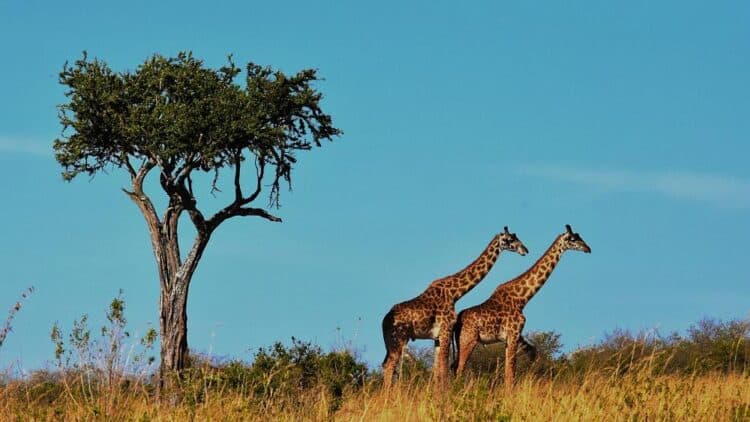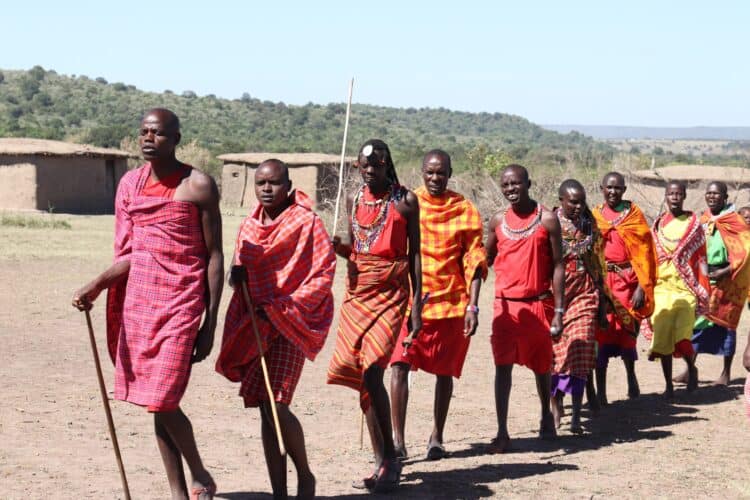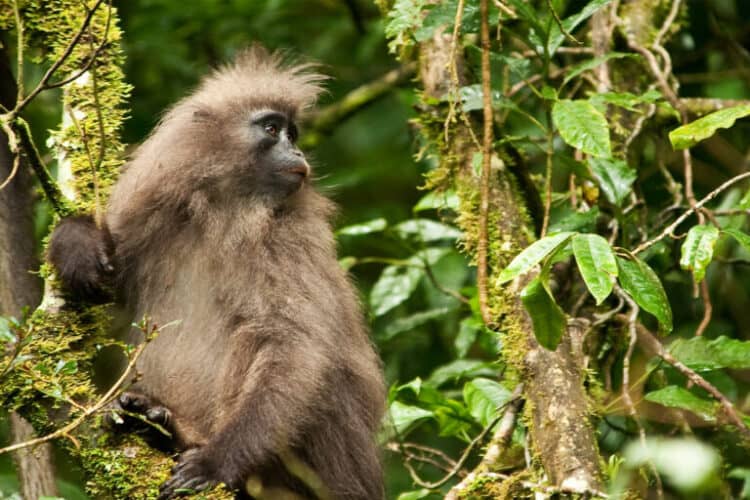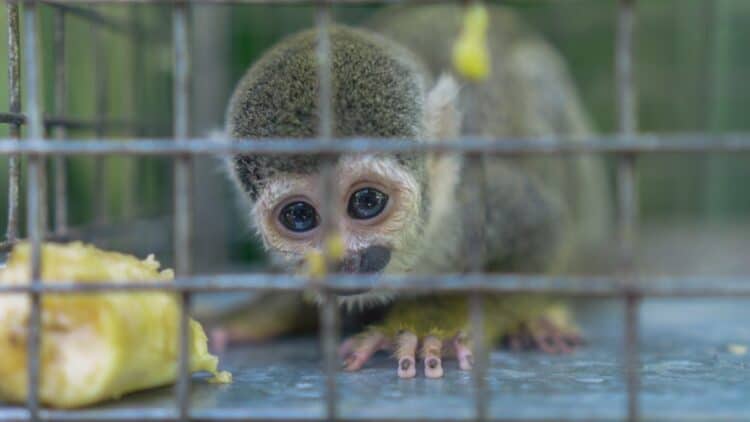In Katavi National Park, like other protected areas in Tanzania, wildlife poaching is a serious challenge. This is because the park has no fence, and any person can easily enter and kill animals if he is lucky enough to walk out uncaught.
According to the African Wildlife Foundation (AWF) website, more elephants are dying from poaching than from natural causes or conflict with humans.
Their body parts are traded illegally as trophies, traditional medicine, or trinkets on a lucrative black market — but these iconic pachyderms are not the only wildlife species to be slaughtered for human gain. Big cats like lions and cheetahs are killed for their bones; African wild dogs and other large carnivores die at the hands of villagers protecting their livestock.
“We often arrest and bring them to justice so that the law takes its course. But we urge the people to stop such acts as we are well prepared and anyone who enters the park for criminal acts, will be arrested and taken to court,” says Francis Konde, acting head of Katavi National Park.
Situated about 1,500km from Dar es Salaam, Katavi is the third largest national park in Tanzania. It hosts more than 100,000 wild animals and is a popular tourism destination among locals and foreigners.
Konde says the presence of markets for elephant tusks and other wildlife trophies in Asian countries like China and Thailand contribute significantly to poaching. However, he says the park has improved surveillance together with participation of the local people in conservation activities, which has helped reduce wildlife trafficking in recent years.
He adds that they are building new roads to increase access to some parts of the park. Also, he notes that they have additional rangers with more vehicles that will enable them to increase efficiency in wildlife protection.
The park is in the process of establishing participatory protection groups with citizens themselves assisting in the protection of wildlife and other natural resources. They are ready to volunteer because they benefit from the park, which supplies water to them and has given them a health centre and a hostel for their children, Konde says.
“The citizens are fully involved in protection activities, and we get information from them about the poachers. This shows that they are also interested in natural resource conservation activities for the benefit of all,” he says.
Lead Image: The elephant population in Tanzania has been steadily increasing – from 43,000 in 2014 to 60,000 in 2019, according to the Tanzania Wildlife Census Report of 2019. Photo © Peter Elias.
What you can do
Support ‘Fighting for Wildlife’ by donating as little as $1 – It only takes a minute. Thank you.
Fighting for Wildlife supports approved wildlife conservation organizations, which spend at least 80 percent of the money they raise on actual fieldwork, rather than administration and fundraising. When making a donation you can designate for which type of initiative it should be used – wildlife, oceans, forests or climate.







Leave a Reply